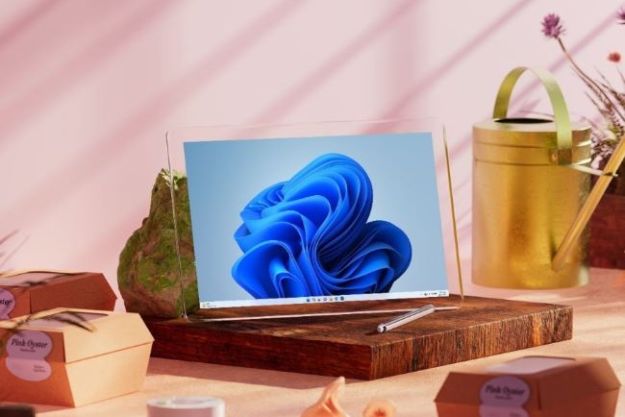Identical in design to your average SD card, the secret features of the VirtualGimbal hide within the unsuspecting frame. In addition to capturing whatever video you’re shooting, VirtualGimbal also captures the movement of your camera using an onboard gyroscope.
First seen at Maker Faire Tokyo, VirtualGimbal isn’t the first external means of recording camera movement to compensate for shake in post-production — the most notable device that comes to mind is the SteadXP — but it’s certainly the smallest and most innovative method of achieving stabilized footage we’ve seen.
Its creator, Yoshiaki Sato, explained the device to PetaPixel, saying “VirtualGimbal is a MicroSD-to-SD adapter that contains a 3-axis gyro sensor. It measures the angular velocities of camera while recording video, so users can stabilize videos after using the angular velocity data by PC.”
The main takeaway from his statement is the mention of data processing in post-production. Unlike in-camera stabilization, VirtualGimbal relies on a proprietary computer program to extrapolate the camera movement and digitally correct the shaky footage in post-production.
While many digital stabilization programs can be a bit fidgety, the example video above shows that VirtualGimbal gets the job done. Mr. Yoshiaki elaborated to PetaPixel that “users can adjust zoom [trimming] ratio and intensity of video stabilization while playing the video,” a key variable for times when you need to balance resolution with stabilization. Below is a video of the algorithm in action:
Right now, VirtualGimbal is little more than a prototype. No release date or pricing information has been shared.
When it does come to market, though, it could prove to be a vital tool for anyone looking for stable footage without the need for heavy counterweights or intricate cameras and lenses.
Editors' Recommendations
- Some users say the new MacBook Pro’s SD card slot simply doesn’t work
- SanDisk’s $450 microSD card adds 1TB more storage to your Surface Pro




